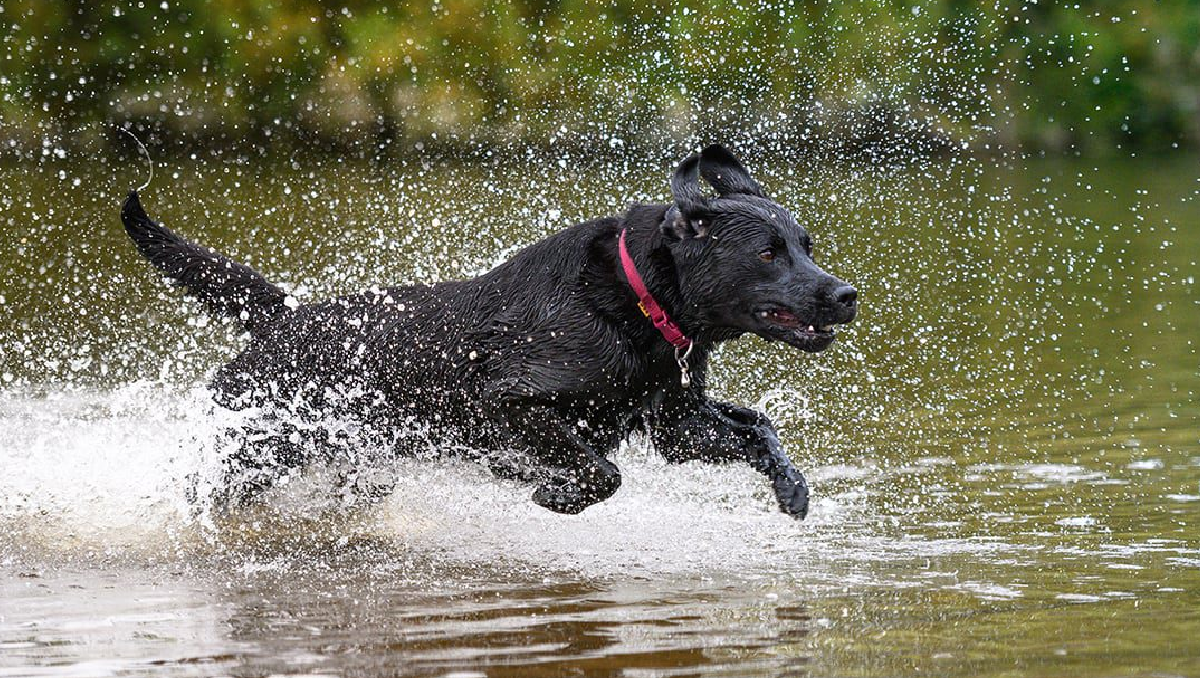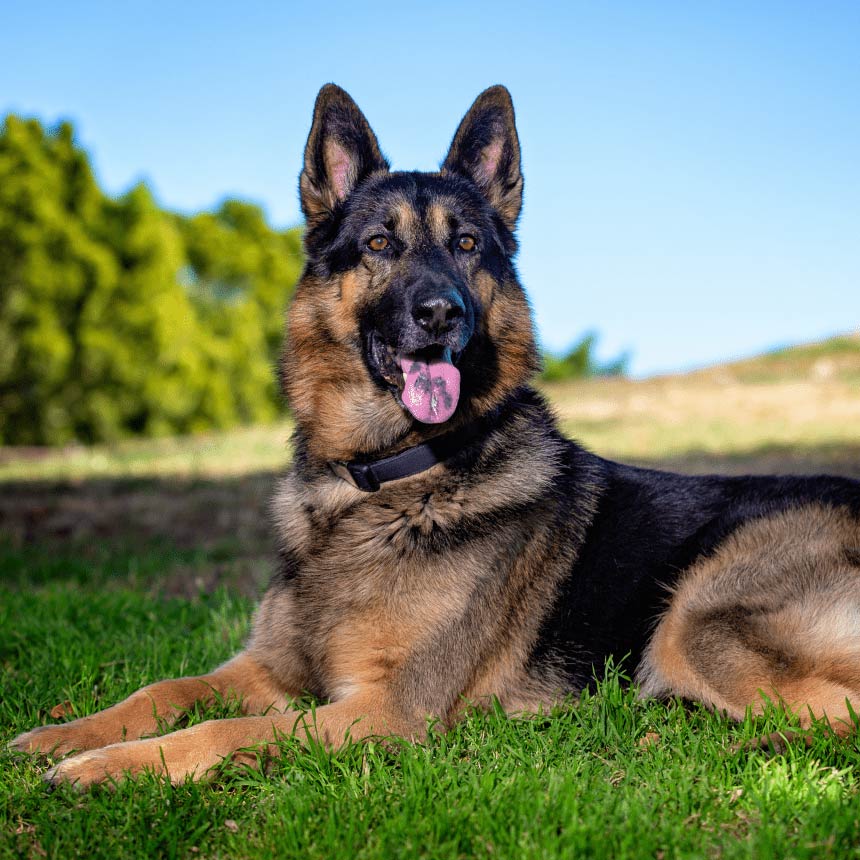Historical Background
The Labrador Retriever traces its roots back to the 19th century, where it originated on the island of Newfoundland (now part of Canada). Local fishermen valued the breed’s early ancestors — known as St. John’s dogs — for their ability to retrieve fishing nets and haul catches from the icy waters of the North Atlantic. British aristocrats visiting Newfoundland in the 1800s were so impressed by their skills that they brought these dogs back to England, where selective breeding refined their retrieving instincts.
The breed’s popularity grew rapidly among the British sporting community. The Earl of Malmesbury, Duke of Buccleuch, and Lord Knutsford were instrumental in establishing the Labrador as a skilled gun dog, ideal for retrieving game on both land and water. By the early 20th century, the Kennel Club officially recognised the Labrador Retriever as a distinct breed, and its reputation as an obedient, hard-working, and affectionate companion was firmly cemented.
Physical Characteristics
Labrador Retrievers are medium to large-sized dogs, known for their strong, athletic build and distinctive otter-like tail. Their double coat — dense and water-resistant — allows them to thrive in all weathers, a nod to their heritage as water retrievers. Common coat colours include black, yellow, and chocolate, each equally beloved by enthusiasts.
Male Labradors typically stand around 56–61 cm (22–24 in) tall and weigh 29–36 kg (65–80 lbs), while females are slightly smaller at 54–59 cm (21–23 in) and 25–32 kg (55–70 lbs). Their expressive brown or hazel eyes give them an unmistakably kind expression, perfectly matching their gentle temperament. The Labrador’s overall appearance is one of power, balance, and friendliness — a reflection of both their working roots and their affectionate nature.
Training and Socialisation
One of the Labrador Retriever’s greatest strengths is its trainability. Ranked among the most intelligent dog breeds, Labradors are eager to learn and highly motivated by praise, play, and food rewards. Early training should focus on basic obedience and impulse control, as their excitable personalities and natural curiosity can lead to boisterous behaviour if left unchecked.
Socialisation is equally important. Exposing your Labrador to different people, environments, and animals from a young age helps them grow into confident, well-rounded adults. Labradors thrive on human interaction, and consistent, positive reinforcement methods bring out their best traits. Their natural intelligence and adaptability also make them excellent candidates for advanced training — from agility courses and scent work to assistance and therapy programmes.
Healthcare
Generally, the Labrador Retriever is a healthy and robust breed, but like all dogs, they can be prone to certain inherited conditions. Common issues include hip and elbow dysplasia, progressive retinal atrophy (PRA), and obesity. Because Labradors are food-driven, managing portion sizes and maintaining a balanced diet are crucial to preventing excess weight, which can exacerbate joint problems.
Routine veterinary care, including vaccinations, parasite control, and annual health checks, will help ensure your Labrador stays in top condition. Regular exercise — around two hours per day — is essential to maintain their physical and mental wellbeing. Owners should also pay attention to ear hygiene and coat maintenance, especially since Labradors love water and can be prone to ear infections if not properly dried after swimming.
The Breed in Society
Few breeds have contributed as much to modern society as the Labrador Retriever. Their intelligence, gentle temperament, and dependability have made them the preferred choice for service dog organisations around the world. Labradors are the most common breed used as guide dogs for the blind, assistance dogs for individuals with disabilities, and therapy dogs in hospitals and care homes.
Beyond their working roles, Labradors are also beloved as family pets. Their patience with children, compatibility with other pets, and cheerful personality make them a perfect fit for busy households. They’re equally at home romping through the countryside as they are relaxing by the fireplace after a long day — a testament to their adaptable and loving nature.
Labrador Retriever Pros & Cons























